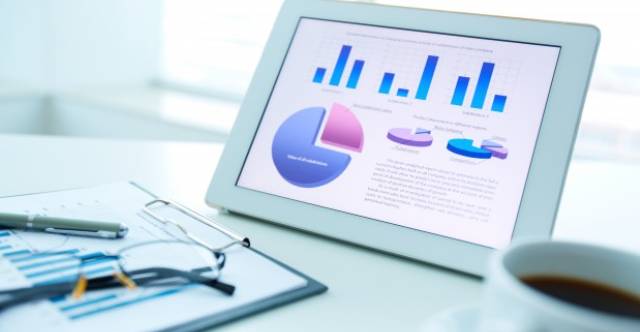Spokesperson: Graham Spicer, Sales Director, UK & EMEA, SplashBI
Organizations are drowning in data. The sheer volume of data about employees, customers, suppliers, products, and results has never been so extensive and yet so crucially important. Without a thorough understanding of what data business’ collect, analyze and interpret – there could be a missed golden opportunity if a data reporting platform isn’t included in the mix. To comprehend this, Graham Spicer, Sales Director, UK & EMEA of SplashBI explores the powers of visual reporting and how organizations can uncover data-driven insights through the evolution of data reporting via a number of different means.
Why is Reporting Necessary?
Without a doubt, reports are the backbone of any organization and an integral part of business strategy. A successful data reporting platform allows you to look for opportunities and trends – a true survival kit especially in the aftermath of Covid-19.
The aim of a business report is to provide a detailed and critical analysis of how the business is tracking in all areas of the organization – from HR to sales, or to operational departments. Over time, reports have been progressively recognized as an important tool to guide decision-making and data-driven results for senior managers and leadership departments. Using a myriad of ad-hoc reporting and self-service reporting helps businesses to measure performance over set durations of time to analyze what worked well and what could be improved upon.
Previously, copious amounts of paper with tables and charts used to symbolize traditional data reporting methods. With automation and visual representation of data at our fingertips and the chance to add filters and time frames, the world of reporting has been revolutionized. With the power of technology to help collate, compile and analyse data of all shapes and sizes, strategic business decisions can now be made by senior decision-makers straightway – removing the month-end headache.
The power of Reporting
In recent years, the world of Business Intelligence (BI) has been turned upside down. Data became big(ger), meaning that organizations need to incorporate the advances of technology with established IT infrastructures so that they can transition to adopt cloud-based computing. This has resulted in spreadsheets taking a backseat to actionable data visualizations and interactive dashboards. Self-service reporting such as people analytics grabbed the reins and opened the opportunities for a selection of data reporting suites available to remove mundane work. Suddenly, advanced analytics wasn’t just for the analysts.
Understanding complex data analysis has now become a breeze with the introduction of self-service reporting platforms. Advances in technology alleviate the stress and labor hours of gathering, sorting, and using data to make informed business data-driven decisions. Using self-service reporting or even ad-hoc reporting has highlighted the positive impact of putting data back in the hands of individual teams, departments and management. Straightaway, this switch allows individuals to spend time exploring the meaning of the data – rather than inputting data which could lead to the possibilities of errors. In return, the rise of self-service reporting has also brought more attention to the growing necessity for modern businesses to adopt a data-driven culture. This means that decisions are made on facts and observations – and not haste or gut.
The Future is Bright
As businesses ride the wave of the effects last year, senior leaderships have quickly understood the importance of viewing data in real-time. Quickly and efficiently, senior leadership teams need data that can be understood and actioned. Viewing data in a visual format across a number of dashboards helps businesses to reach targets and goals – rather than having to unpick the data at hand in spreadsheet form.
Previously, reporting requirements started off as a tool for pinpointing patterns in business’ data, but as time has progressed, requirements and urgency have grown exponentially. As time moves on, this has evolved into a robust, streamlined solution, bringing data reporting platforms alive in real-time. As technology is constantly evolving, the process of implementing any self-service reporting has become much less of a daunting task. Employees want to be able to spend time storytelling the high (and lows) of the data in front of them to senior management – rather than tracing through report after report.
Having the implementation and adoption time almost cut in half allows employees to be more effective in the role. Now, month-end reporting is such a breeze!








